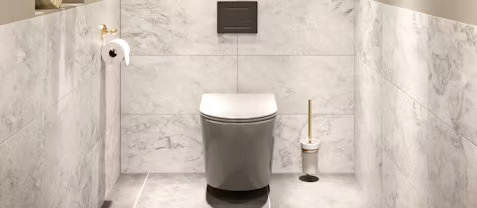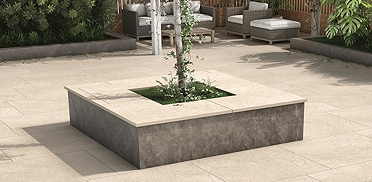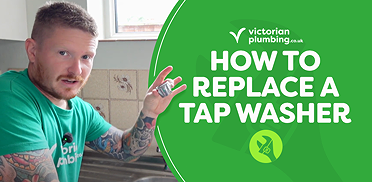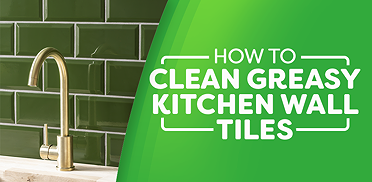OUR BOXING DAY SALE ENDS SOON!
Free delivery on orders over £499*
Everything You Need to Know About How a Toilet Cistern Works
Everything You Need to Know About How a Toilet Cistern Works
Is your toilet flush acting up? Before you rush to call a plumber, take a look at the cistern — often the culprit behind common toilet troubles. But how does it work, and what exactly is a cistern? Let’s break it down.

A cistern is a simple tank (usually rectangular) that holds the water used to flush the toilet. Most toilets in homes and offices rely on gravity to send water rushing into the bowl, clearing away waste. This requires that the cistern is above the bowl in some way, from anywhere from just a foot to all the way to the ceiling (like with a high level toilet). If you understand how the parts inside work, you might be able to fix common issues yourself — saving you time and money!
What’s Inside a Cistern?
The cistern contains a few key components that either help flush the toilet or refill the tank:
-
Flush Mechanism: This includes the plug (also known as a flapper) and the handle or button, often connected by a lever. When you press the button or pull the handle, the plug lifts, and water rushes into the bowl.
-
Refill System: After flushing, the fill valve and float valve manage the water refill. The fill valve controls the water coming in, while the float valve rises as the cistern fills, shutting off the water once the right level is reached.
How Does the Flush Work?
Most toilets are gravity-fed, meaning the cistern is positioned above the bowl. When you flush, the plug lifts, and water rushes down from the cistern into the bowl using gravity. The force generated by this is called the gravitational head, and it’s what pushes the waste down into the sewage system.
Some cisterns are hidden inside walls, while others sit directly on the toilet. No matter where it’s placed, the basic principle is the same: water moves fast to get the job done!
There are many different kinds of flushing systems and flush valves that are available when choosing the kind of toilet you want, but many options operate on the same basic principle of using fast-moving water to flush the waste down. For example, certain toilets give you the option to "half-flush" for liquid waste and "full-flush" for solid waste.
You can find out more about how dual flush buttons work in our in-depth article.
With a wall hung toilet (pictured above), the cistern is concealed neatly behind a false or stud partition wall
How Does the Cistern Refill After a Flush?
After the water rushes out, the float valve sinks with the water level, triggering the refill valve to open. Fresh water flows in through the inlet valve, refilling the tank. As the cistern fills, the float valve rises until it shuts off the refill valve at the correct water level. And just like that, your toilet is ready for another full flush!
What Cistern Placement Works Best?
Most cisterns are installed directly above the toilet, but if you’re tight on space, you can hide the cistern behind a wall for a cleaner look. However, hidden cisterns can make repairs a bit trickier since they’re harder to access. If you like the idea of DIY fixes, sticking with a more traditional setup might save you headaches down the line.
Slimline cisterns (like above) help save on space.
Your Cistern Cheat Sheet
With a little knowledge, you can easily spot and solve common toilet issues yourself. Whether it's a weak flush or a cistern that won’t refill properly, a quick check under the hood might save you an expensive call to the plumber.
Need more tips or advice? Check out our in-depth blogs and buying guides for expert tips on everything from toilet repairs to choosing the best cistern for your bathroom. You’ll find all the answers you need to keep your bathroom in top shape!

Jack
Jack is part of the resident bathroom bloggers team here at Victorian Plumbing. As a bathroom décor and DIY expert, he loves writing in depth articles and buying guides and is renowned for his expert 'how to' tutorials.




